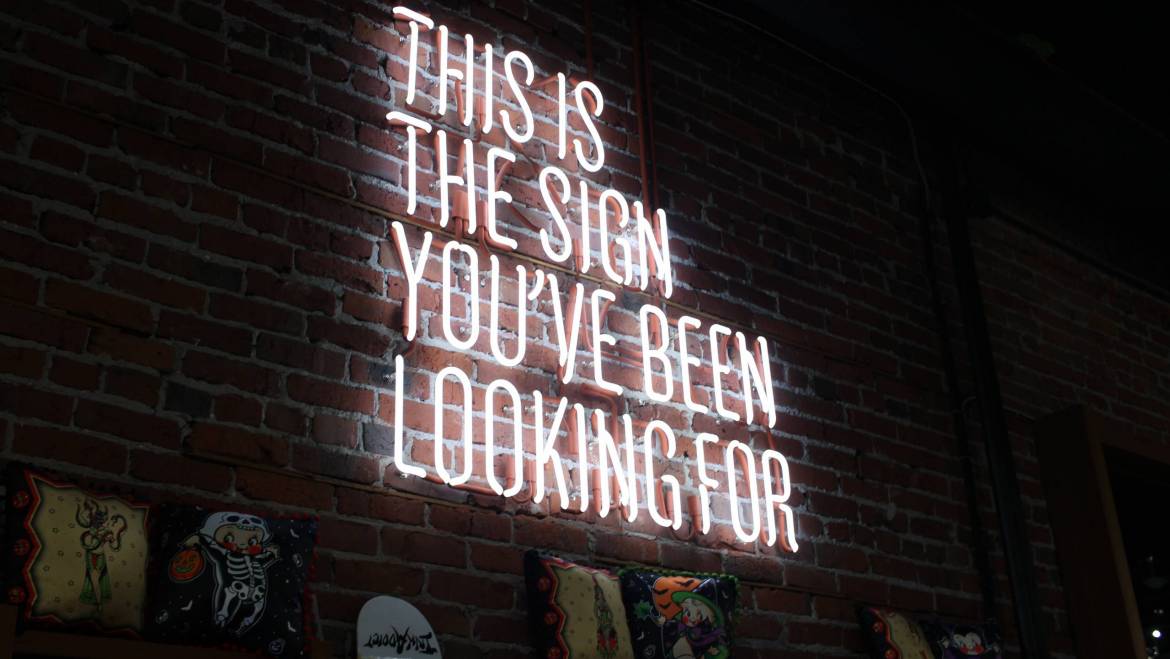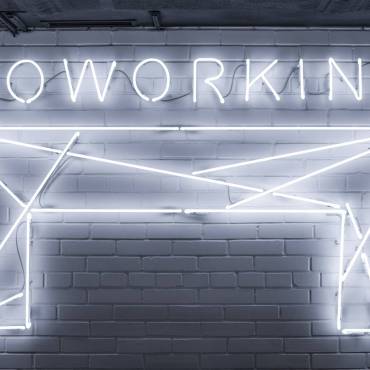People don’t buy products. They buy solutions to their problems.
It took me a while to fully grasp how foundational this thinking is to the success of your business. It transforms an often painful sales pitch into an enjoyable conversation about helping someone live their best life.
When you run a business, dabble in freelancing work or have an idea for a side hustle, you’ll reach a point where you need to talk sales. Especially if you want it to bring in more money than a lemonade stand.
I’m not with you right now, but I’m guessing the mere mention of sales has you squirming in your seat. The thought of the awkward conversation about your product, price and deliverables. It calls up all kinds of stories you tell yourself about your worth, if you’re good enough and who the hell are you to be doing this?
I know those feelings all too well because I’ve been there. That was until I was able to answer the following question with clarity.
What problem do you solve for your customers?
I recently asked a freelancer what problem he solved for his clients and he said, “I don’t think I do. My services are more of an extra.”
Here’s what I’ve learned in running my own business and helping countless others. You’re in the business of solving problems. If you’re not solving a problem, you’re not in business. That’s meant to be taken both literally and figuratively.
There are three layers to every problem and a big ugly villain backing your customer into a corner.
CEO of Storybrand Donald Miller broke down each of these layers using Tesla Motor Cars as an example.
External: I need a car.
Internal: I want to be an early adopter of new technology.
Philosophical: My choice of car ought to help save the environment.
Villain: Gas guzzling, inferior technology.
And here’s why it’s so important to identify each layer as Miller explains, “Companies tend to sell solutions to external problems, but people buy solutions to internal problems.“
Don’t believe me? Think about your last purchase and go through each layer. Be honest about which layer actually pushed your decision to hand over cash. It sure as hell wasn’t the external problem.
Miller says this is because “The only reason our customers buy from us is because the external problem we solve is frustrating them in some way. If we can identify the frustration, put it into words, and offer to resolve it along with the original external problem, something special happens. We bond with our customers because we’ve positioned ourselves more deeply into their narrative.”
This is going to feel weird at first, but here’s what I want you to do, start talking about the problems your customers experience.
I can’t begin to explain how much this has changed my business and what it will do for yours.
When you see someone where they are, identify what it feels like to be stuck, and have a solution to help them solve it, they can’t help but fall in love with your brand.
Do you want some help getting clear on the problem you solve? Join me at 9am on Mondays at CoMotion. Consider it a weekly checkup for your business and life. Your business only grows as much as you do.






